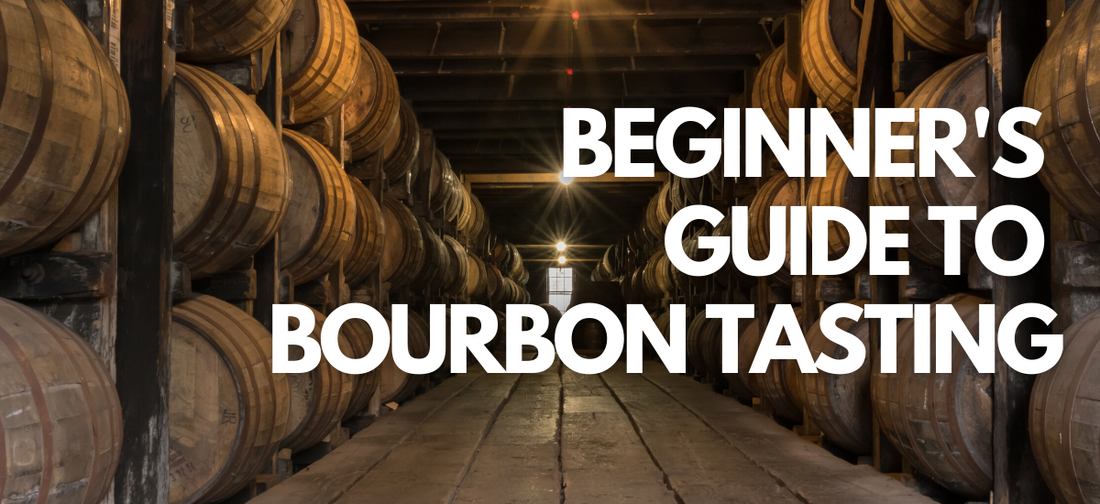Bourbon, with its rich history and deep-rooted connection to American heritage, is more than just a spirit – it's a cultural experience waiting to be savored. Whether you're new to the world of whiskey or a seasoned enthusiast, this beginner's guide to bourbon tasting will help you unravel the layers of complexity and discover the nuances that make each sip an adventure.
Understanding Bourbon
Bourbon is a type of American whiskey known for its distinct character and strict production regulations. To be classified as bourbon, the spirit must be made from a grain mixture that's at least 51% corn, distilled to no more than 160 proof, aged in new charred oak barrels, and bottled at no less than 80 proof. These regulations contribute to the unique flavors and qualities that define bourbon.
The Five Steps of Bourbon Tasting
Bourbon tasting is an art that engages the senses and requires attention to detail. Follow these five steps to fully appreciate the flavors and aromas of this iconic spirit.
-
Visual Examination: Begin by pouring a small amount of bourbon into a tulip-shaped glass. Hold the glass against a white background and observe the color and clarity. Bourbon's hue can range from pale gold to deep amber, often indicating the aging process and the influence of the oak barrels.
-
Aromas and Nose: Swirl the bourbon gently in the glass to release its aromas. Bring the glass to your nose and take short, deliberate sniffs. You might detect notes of caramel, vanilla, oak, spices, or even fruity undertones. These aromas offer a preview of the flavors to come.
-
Evaluating Palate: Take a small sip of bourbon and let it coat your palate. Pay attention to the texture – is it smooth, velvety, or oily? As the bourbon interacts with your taste buds, notice the flavors that emerge. You might taste elements of sweetness, spice, fruit, or even smokiness.
-
Finish and Aftertaste: The finish is the lingering impression that remains after you've swallowed the bourbon. Is it short and crisp, or does it unfold slowly with a satisfying warmth? Notice any additional flavors that reveal themselves during this phase, contributing to the overall experience.
- Water and Dilution: If desired, add a few drops of room-temperature water to your bourbon. This can open up new aromas and flavors by diluting the spirit slightly. Experiment with the amount of water to find the balance that enhances your enjoyment.
Pairing Bourbon with Food
Pairing bourbon with food can elevate both the spirit and the meal. Consider matching the sweetness and spice of bourbon with dishes like grilled meats, charcuterie, or dark chocolate desserts. The interplay between flavors can create a harmonious and memorable dining experience.
Conclusion
Bourbon tasting is a journey of exploration that invites you to engage all your senses. As you savor each sip, remember that there's no right or wrong way to experience bourbon – it's a personal adventure that unfolds according to your palate. So, whether you're sipping in solitude or sharing your newfound knowledge with friends, relish the journey of discovering the rich tapestry of flavors that make bourbon a cherished American treasure. Cheers to the art of bourbon tasting!

